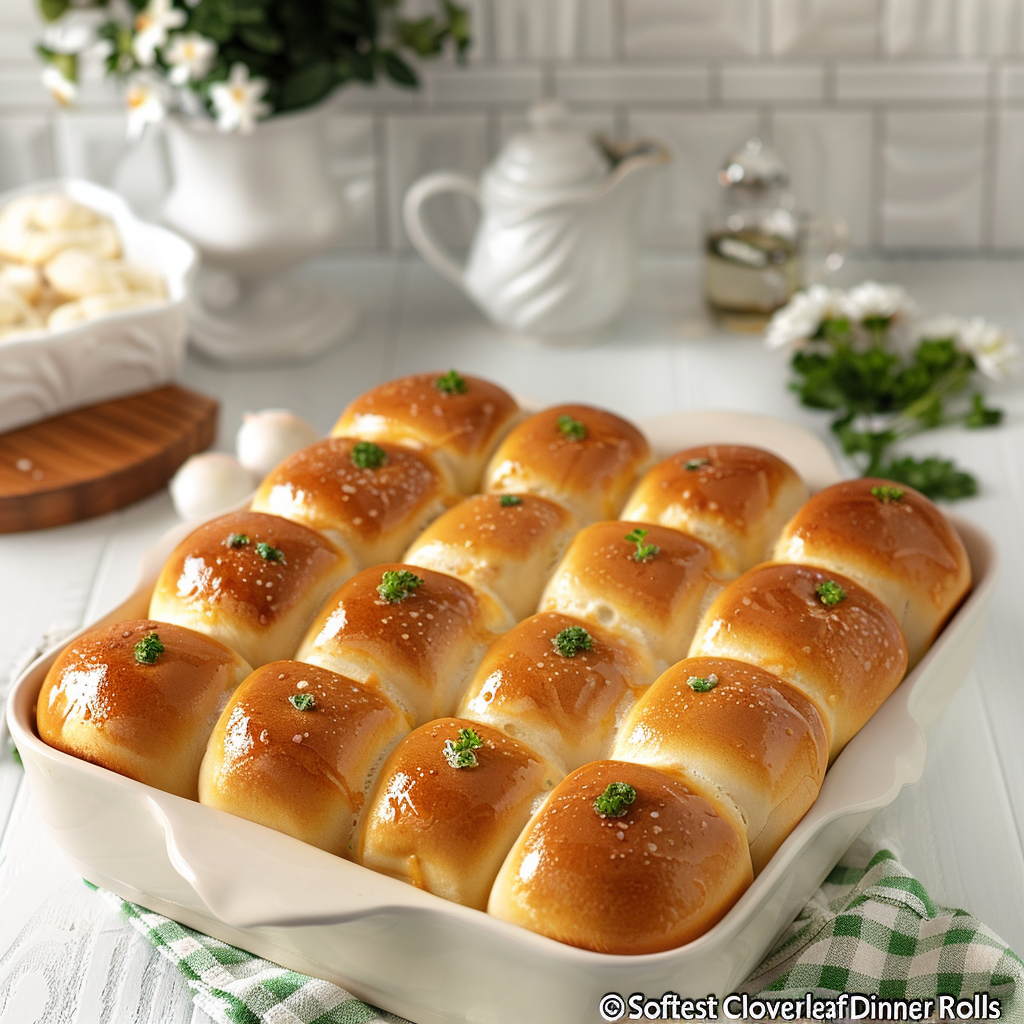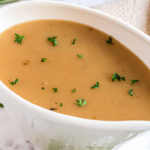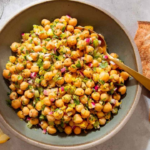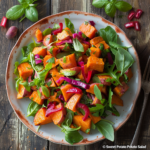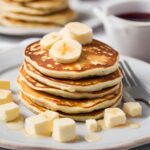Imagine a dinner table adorned with a basket of freshly baked cloverleaf dinner rolls, their soft, fluffy texture inviting you to tear off a piece. These delightful rolls are a staple at many family gatherings and holiday feasts, cherished for their buttery flavor and comforting warmth. But what makes these rolls so special? Let’s delve into the world of cloverleaf dinner rolls and uncover the secrets to creating the softest, most irresistible bread you’ve ever tasted.
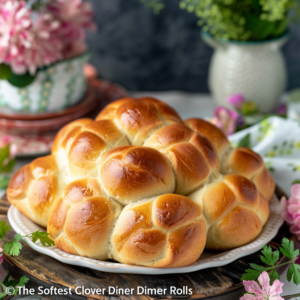
The Softest Cloverleaf Dinner Rolls
Equipment
- 1 Mixing bowl
- Stand Mixer
- 1 Muffin Tin
- 1 Oven
- 1 Pastry Brush
Ingredients
- 325 g Flour or 2 1/2 cups loosely packed
- 190 ml Slightly warm milk not hot or warm water or (3/4 cup +2 tsp)
- 50 g Butter or 3 1/2 tbsp
- 3 g Yeast instant/active dried yeast or 1 tsp
- 6 g Salt or 1 tsp
- 30 g Sugar 2 1/2 tbsp
Instructions
- Combine all dough ingredients in a stand mixer and mix until dough comes away from bowl sides (6-7 minutes).
- Knead the dough briefly on a lightly floured surface to produce a smooth, slightly sticky ball.
- Leave the ball in a greased container with plastic wrap in a warm place for 60–90 minutes to double in size.
- Use 1 tablespoon of melted butter to coat a 12-cup muffin pan.
- Punch down the dough when it doubles to release air. Divide dough into 12 equal pieces. Each piece should weigh 17 grams (0.6 oz) on a kitchen scale for accuracy.
- Split each portion into three equal pieces. Make smooth balls from each piece.
- Put three seam-side-down dough balls in each muffin cup. Cover the muffin tray loosely with oiled plastic wrap and let the rolls rise again for 60 minutes in a warm place.
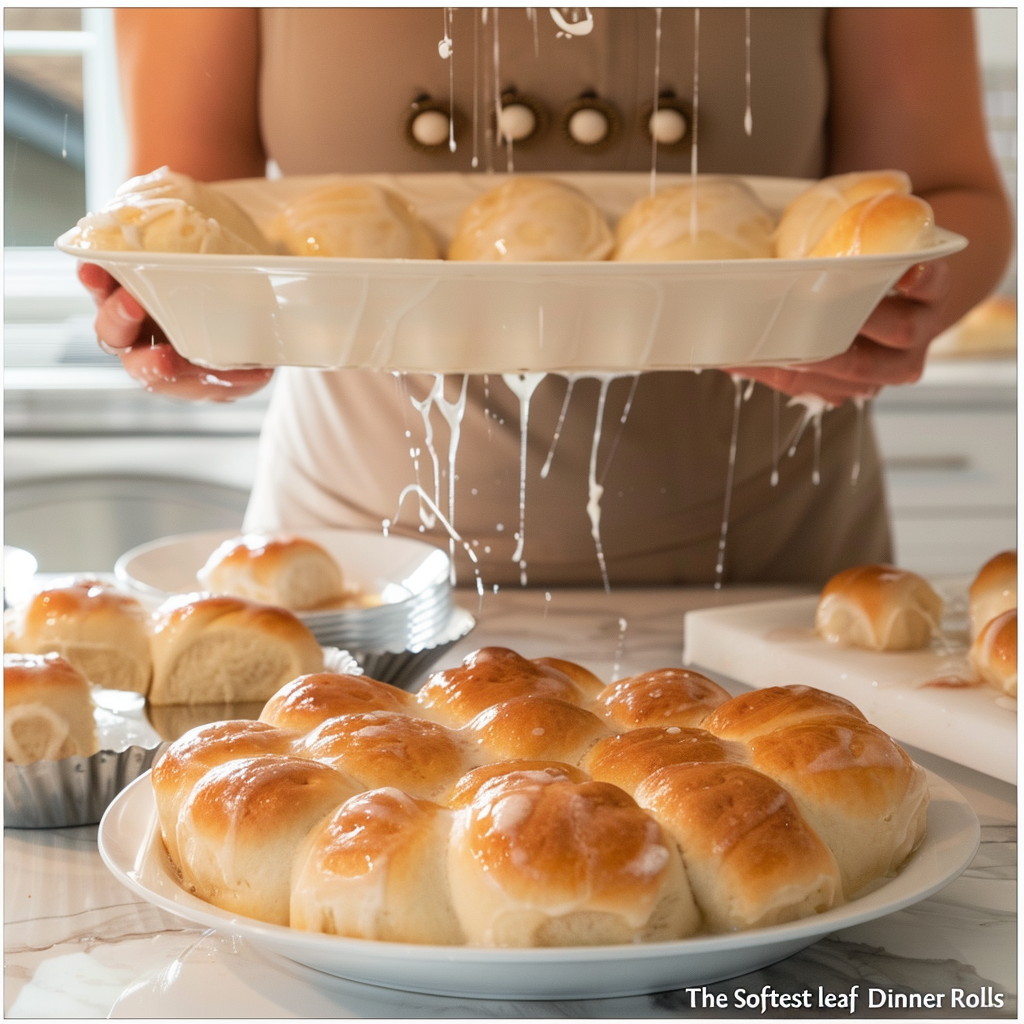
- Set the oven temperature to 350°F (175°C). Remove the plastic cover and bake the cloverleaf rolls for 22 minutes until golden brown.
- Brush melted butter on the rolls soon after baking. Gently place them on a wire rack to cool after 5 minutes. Serve warm or at room temperature.
Notes
- Measure flour accurately. Spoon and level flour instead of scooping.
- Wrap baked homemade rolls in aluminum foil to freeze. Freeze for 2-3 weeks.
- If your dinner rolls are browning too quickly, cover them with aluminum foil.
Nutrition Facts
| Nutrition | Value |
|---|---|
| Calories | 149kcal |
| Carbohydrates | 23g |
| Protein | 4g |
| Fat | 4g |
| Saturated Fat | 3g |
| Sodium | 180mg |
| Iron | 1mg |
| Calcium | 27mg |
| Vitamin A | 149IU |
| Potassium | 57mg |
How To Shape These Easy Homemade Rolls?
Shaping dinner rolls is easy. Dust your work surface lightly with flour. Cut the dough into 14–16 equal pieces. Stretch the top of a dough piece and tuck and seal the bottom to make rolls. Put your hand in a cupped form with your fingertips lightly contacting the work area and gently roll each piece in a circle a few times to round it—place in the baking pan.
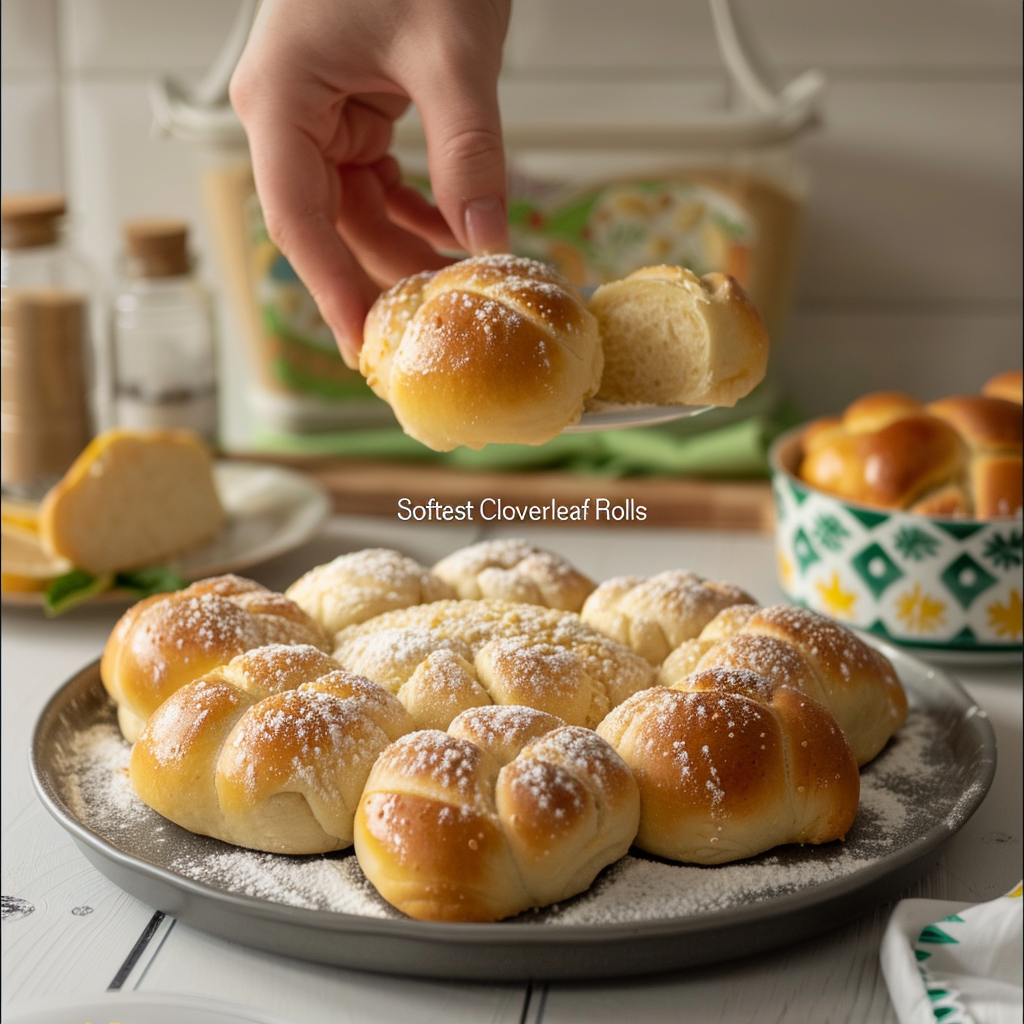
Why Didn’t my yeast Rolls Rise?
Common reasons yeast rolls don’t rise:
- Exhausted yeast: Ensure your yeast is fresh and not expired.
- Water Temperature Wrong: Use lukewarm water (110–115 °F) to dissolve yeast. Too hot can kill yeast, and too cold won’t stimulate it.
- Cold Temperature: Cold kitchens are slowly rising. The dough can be warmed and humidified in a cold oven with boiling water.

